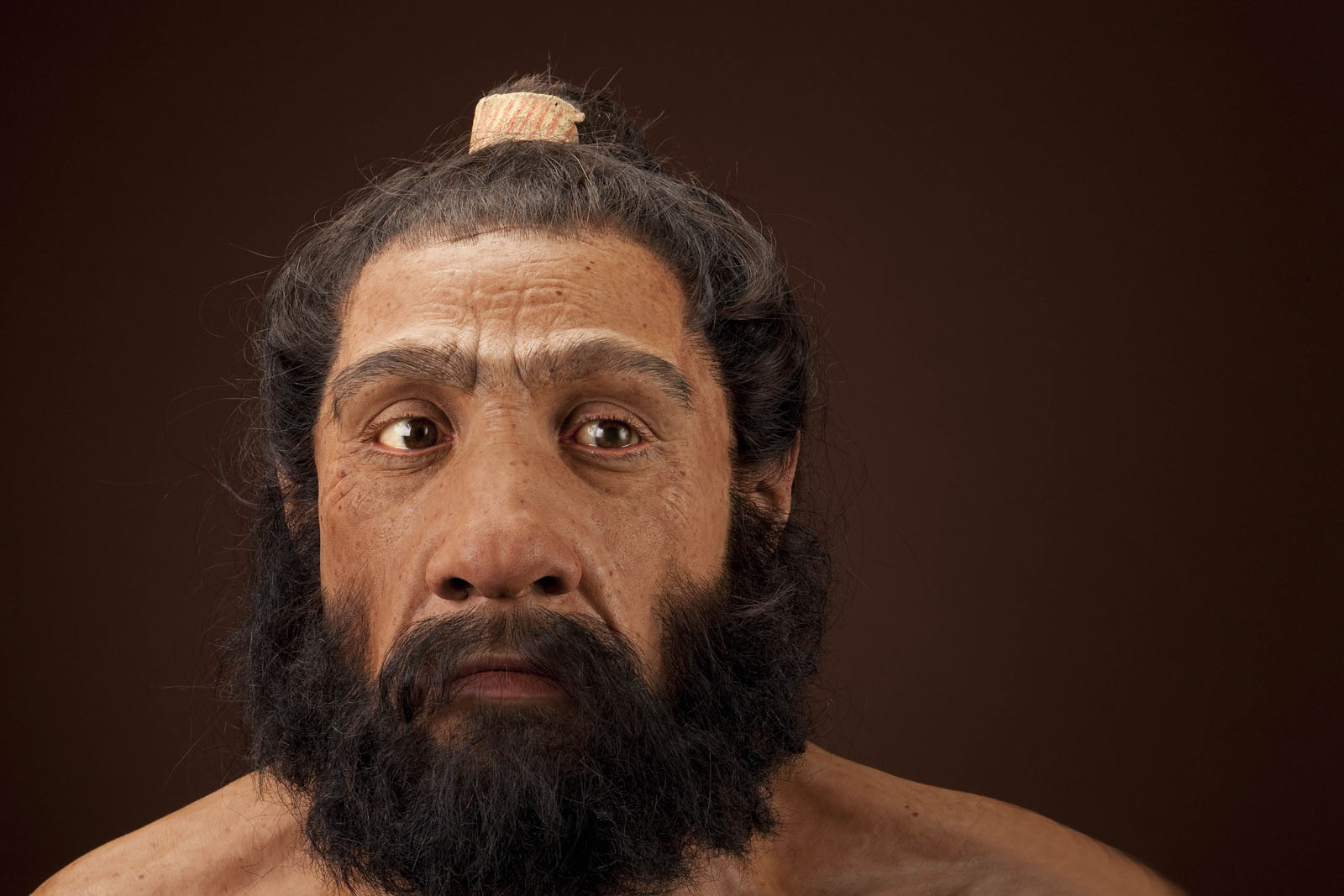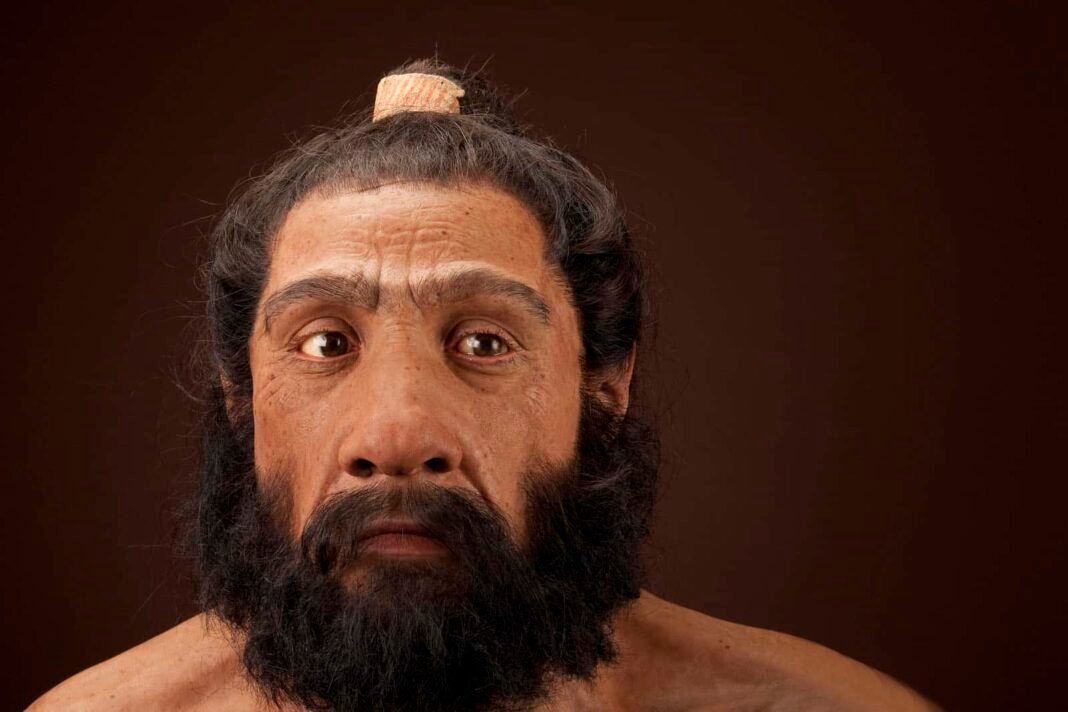
Neanderthals living in northern Israel between 50,000 and 70,000 years ago butchered the same prey in markedly different ways, suggesting they may have had dinner preferences. Recently published findings on animal bones from two caves in the region, reported in the journal Frontiers in Environmental Archaeology on Thursday, point to the possibility that our prehistoric cousins followed distinct and specific “recipes” for preparing their meals.
Archaeologists examined cut marks on 249 bone fragments from Amud Cave and 95 from Kebara Cave, sites located roughly 70 kilometers (43 miles) apart along the Mediterranean coast. Both caves were seasonally occupied by Neanderthals during winter and yielded similar diets consisting mainly of mountain gazelles and fallow deer, as well as evidence of flint-based butchery tools. The studied fragments from Amud Cave were dated between 70,000 and 50,000 years ago, while those from Kebara Cave were dated between 60,000 and 50,000 years ago.
Yet the pattern of cuts tells a more nuanced story, said the lead author of the study, Anaëlle Jallon of the Hebrew University of Jerusalem. “Even when we compare only the gazelles, and only the long bones of gazelles, we find a higher density of cut marks in [bones from] Amud, with more cut marks crossing each other, fewer that are straight lines, but more that are curved,” she said.
Research suggests Neanderthals had preferred ways of butchering prey for dinner
The team reported its findings in an article titled “Butchery Traditions and Cultural Variation among Neanderthals in Northern Israel” in the journal Frontiers in Environmental Archaeology on July 17. Researchers noted that burned fragments were more common at Amud, while bones from larger animals—such as aurochs—appeared more frequently at Kebara. However, this difference may reflect identification bias or separate butchery sites.
Jallon’s team compared identical body parts from both sites to rule out animal‑ or anatomy‑related factors. They concluded that the consistent differences likely reflect group‑specific butchery traditions, the number of individuals involved in meat processing, the sequence of cuts, or even the state of decay in which the meat was carved.
Neanderthals boiled bones to enrich their diethttps://t.co/eOC1fjlVT3 pic.twitter.com/k8rrI9TQXK
— A.Benítez-Burraco (@abenitezburraco) July 5, 2025
“It’s either food preferences that lead to different ways of preparing meat and then cutting it, or just differences in the way they learn how to cut meat,” Jallon said, summarizing the team’s possible interpretations of the findings.
Glimpse into dinner traditions deepens appreciation of Neanderthal behavior
Dr. Matt Pope of the University College London, who was not involved in the study, praised the research for shedding light upon Neanderthal “gestures and movements,” much like footprints or handprints on a cave wall.
“This is a powerful reminder that there is no monolithic Neanderthal culture,” he said. “The population contained multiple groups at different times and places … with perhaps quite different ways of life.”
The discovery adds to a growing body of evidence highlighting regional variation in Neanderthal behavior—from stone tool technology to hide-processing methods—and underscores the sophistication of these extinct hominins. As Jallon noted, “Even for activities so closely tied to survival, Neanderthal groups developed their own culinary traditions.”

